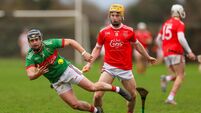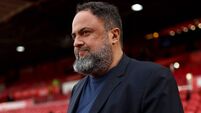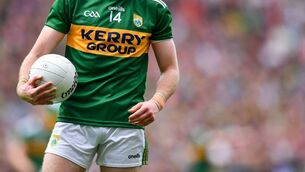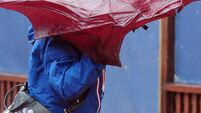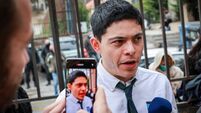The safety moves F1 made after San Marino

Senna died due to head injuries, and protection of the head and neck is the principal safety priority, as it is those traumas which are most likely to cause death in the short time before on-track medical personnel can attend. Helmets are subject to testing to ensure they can withstand heavy impacts. The modern helmets are made of carbon fiber, Kevlar and polyethylene, and are fire resistant. The visor has removable strips which can be torn off if debris or liquid gets onto it, so the driver can retain a clear view. In 2003, F1 made compulsory the Head and Neck Support (HANS). The device, attached to the rear of the helmet and resting on the driver’s shoulders, is connected to the interior of the cockpit adjacent to the safety-belt mounting. It prevents rapid and excessive head movement during accidents.








